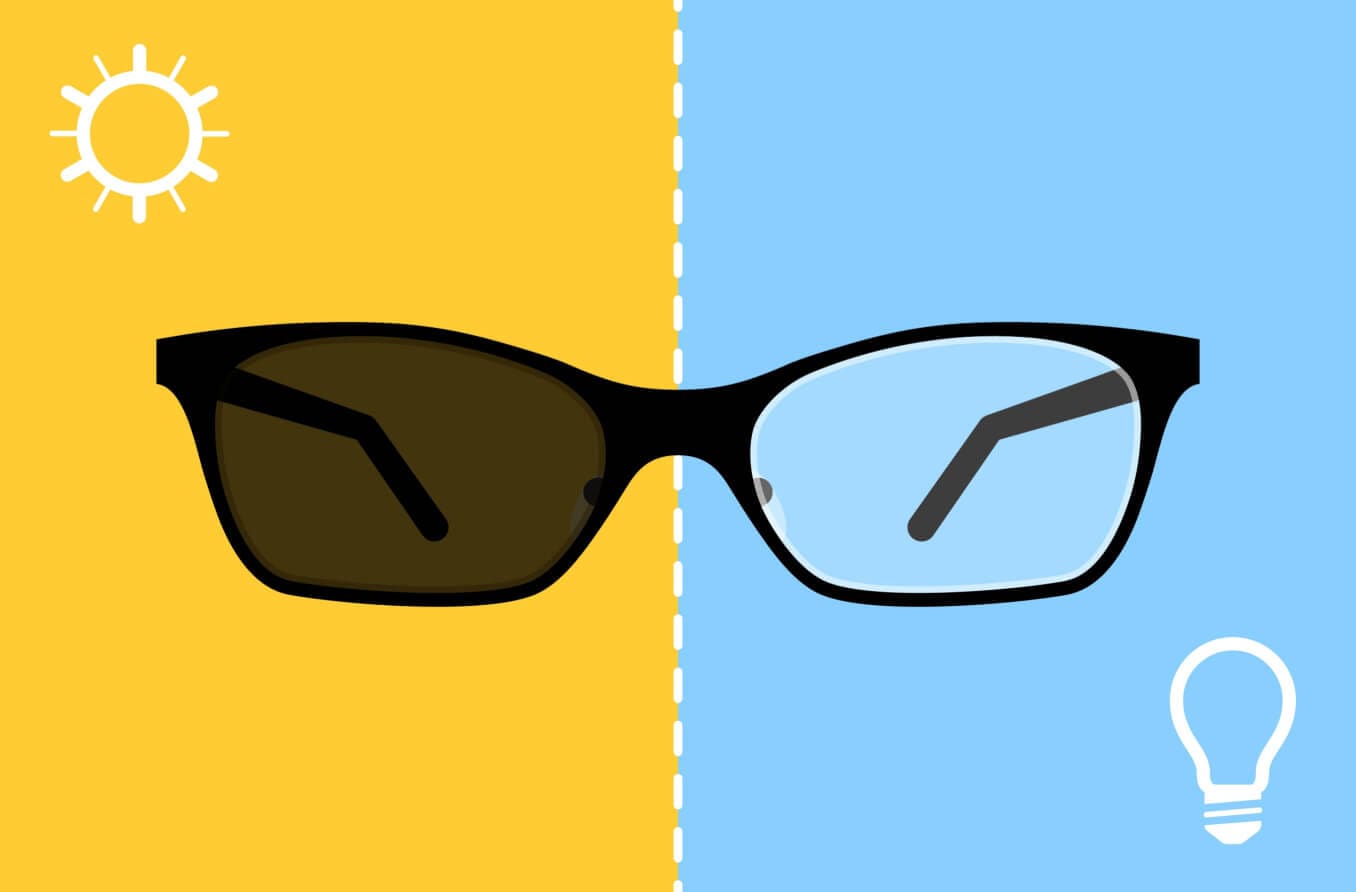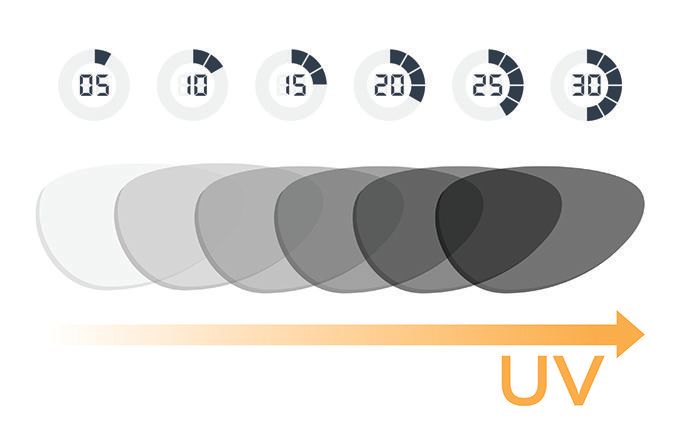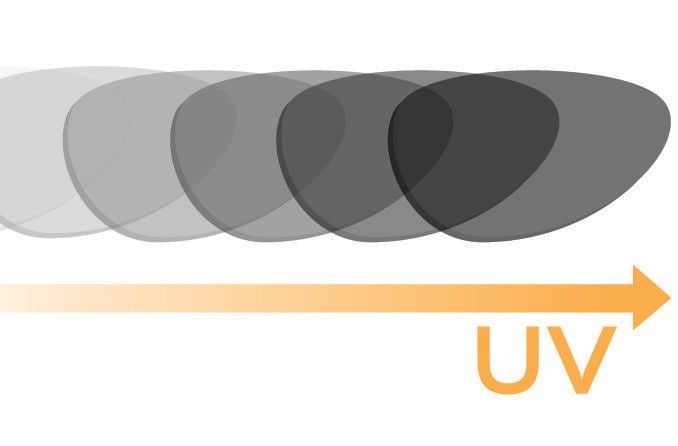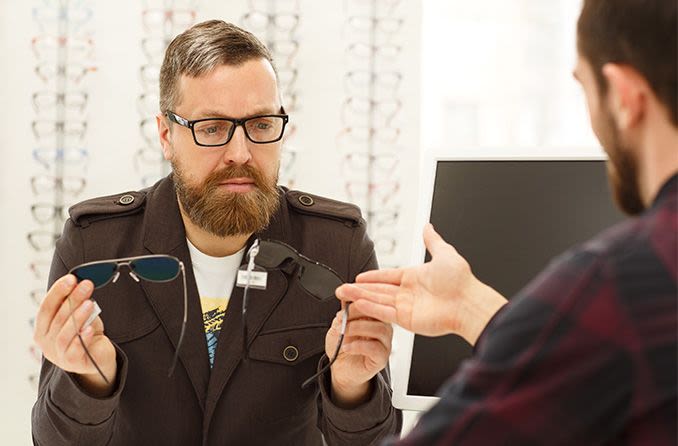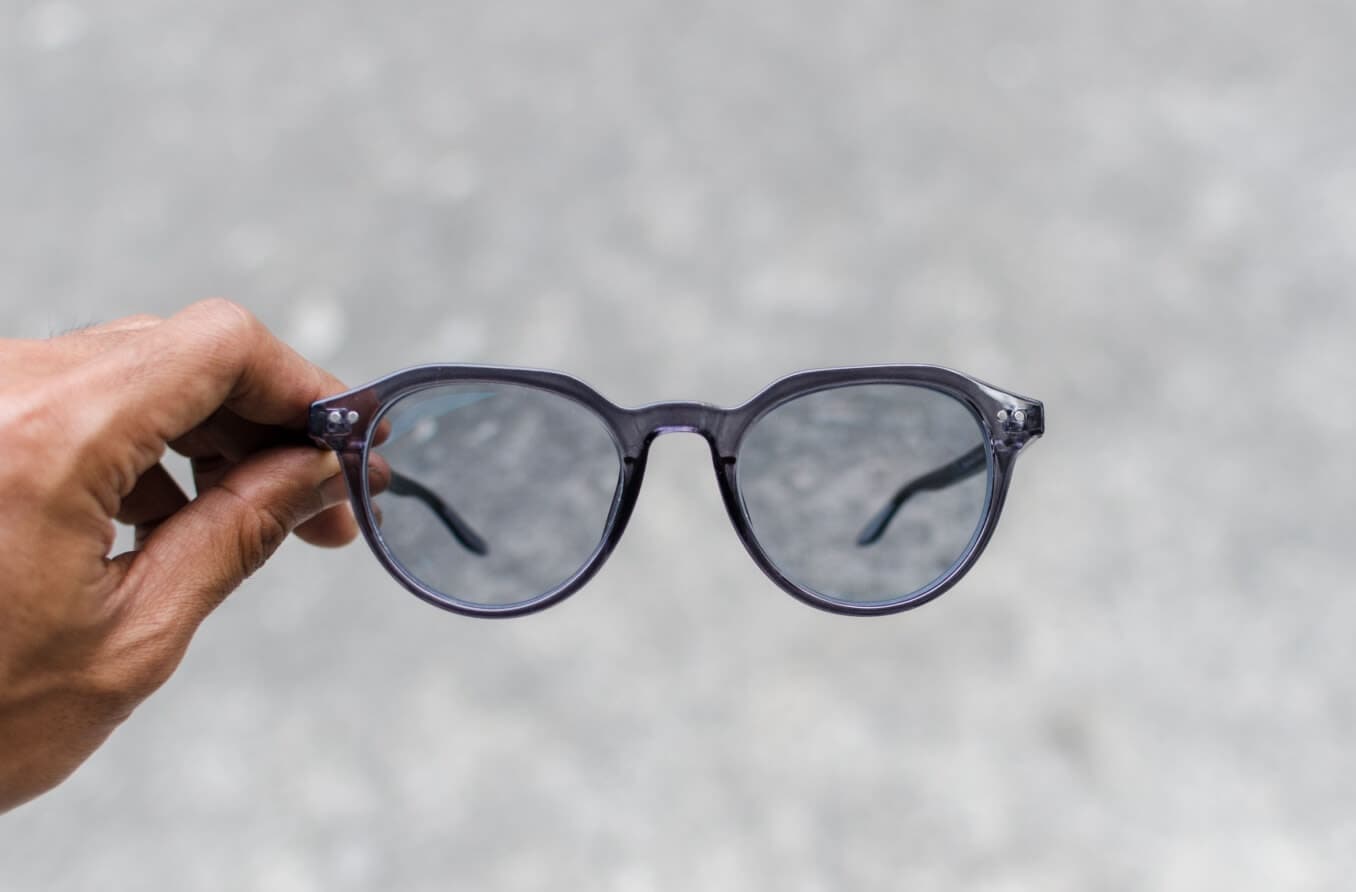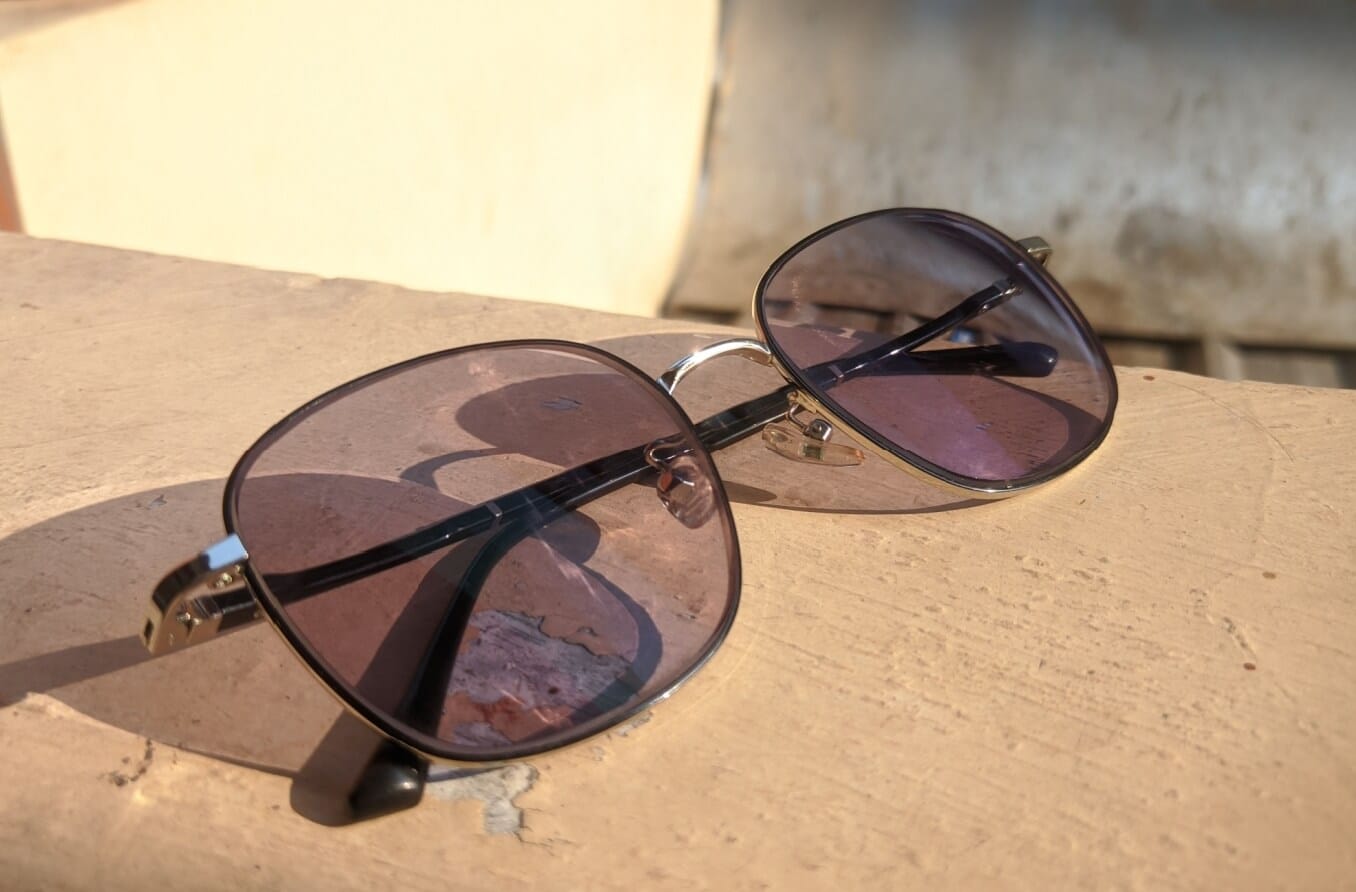What is the difference between photochromic and Transitions® lenses?
Photochromic lenses darken in response to ultraviolet (UV) rays so you can spend time outdoors comfortably without glare. Transitions® with a capital 'T' is a brand name of a type of photochromic lens. So, all Transitions® are photochromic, but not all photochromic lenses are Transitions®.
What are photochromic lenses?
Photochromic lenses can function both as glasses and sunglasses. They are sometimes called light-adaptive lenses and provide protection against ultraviolet radiation. They were first developed in 1964 by a manufacturing company called Corning Inc. The earliest versions were made of glass and treated with silver-halide crystals.
The technology continued to improve over time, resulting in the lightweight and durable eyewear we see today. They come in different materials like polycarbonate, plastic, and high-index plastic. The lenses are also available in different tints and colors to suit individual preferences.
How do photochromic lenses work?
Photochromic lenses are usually made of plastic. The lenses contain molecules that change their structure when exposed to UV light. Ultraviolet radiation causes chemical bonds in the molecules to break down and reform. This causes the surface of the lens to change tints. The process is reversible. When UV light is no longer present, the molecules return to their original structure, and the lenses become clear again. Photochromic lenses transition quickly depending on the temperature and amount of UV radiation exposure.
What are Transitions® lenses?
Transitions® is a brand name for a product manufactured by Transitions Optical. This U.S.-based company is a joint venture of PPG Industries, Inc. and Essilor International SA. Since 1990, they have become one of the leading suppliers of photochromic eyewear.
Transitions® lenses have features that make them very high-performing. They use a process called imbibing, which uses heat to draw a photochromic dye below the lens surface. If the lens material does not imbibe easily, a method called Trans-Bonding™ is used. This involves placing the photochromic technology on the lens surface. Both methods provide the same function of transitioning between clear and dark states.
Why wear photochromic or Transitions® lenses?
Photochromic lenses are both a practical and fashionable choice for eyeglasses.
- Convenience – There is no need to switch between prescription eyeglasses and sunglasses when spending time outdoors. One pair of lenses can do it all.
- Protection – The Transitions® brand blocks 100% of UVA and UVB rays. This is especially important for people who spend a lot of time in the sun.
- Style – A photochromic lens can come in a variety of tints. Make a statement with your eyewear by choosing a unique color.
Comparing photochromic vs. Transitions® lenses
There are key differences that set the Transitions® brand apart from generic versions.
Variety
Transitions® offers a wide range of options compared to other photochromic glasses. For example, Transitions® XTRActive is designed for people with sensitive eyes. They prevent exposure to harmful UV rays outdoors and bright light indoors.
Speed
Transitions® have been praised for their quick adaptability in different lighting conditions. For instance, Transitions® Signature® GEN 8™ becomes clear up to three minutes faster compared to similar products. This makes them a convenient choice for people who quickly move between indoor and outdoor settings.
Quality
Branded products like Transitions® often come with quality assurance and a guarantee. Many eye care professionals recommend this brand due to their reliable performance and customer support.
Transitions® vs. blue light filtering lenses
Transitions® lenses are not the same as blue light filtering lenses. Blue light glasses filter specific wavelengths of blue light. Blue light is emitted by the sun and, to a much lesser degree, from electronic devices like smartphones and computers. These glasses typically have a clear coating and do not transition to a darker tint.
On the other hand, photochromic lenses adapt to UV light. They protect the eyes from harmful UV rays at all times. These lenses reduce glare and can improve clarity in sunlight. Some brands, like Transitions® Signature® GEN 8™, offer blue light filtering technology as an added feature. If photochromic lenses help you focus more clearly on your monitor, you can also wear them for computer use.
Making the right choice
Light-adaptive lenses are a convenient option for people who wear prescription glasses and would like to try prescription sunglasses. Whether you choose Transitions® or a generic brand, be sure to discuss your needs with an eye care professional. They can help determine the best options for your needs and lifestyle.
Remember, what matters most is that your eyes are protected in all lighting conditions. Whether you're an athlete or an office worker, having adaptability can make all the difference.
